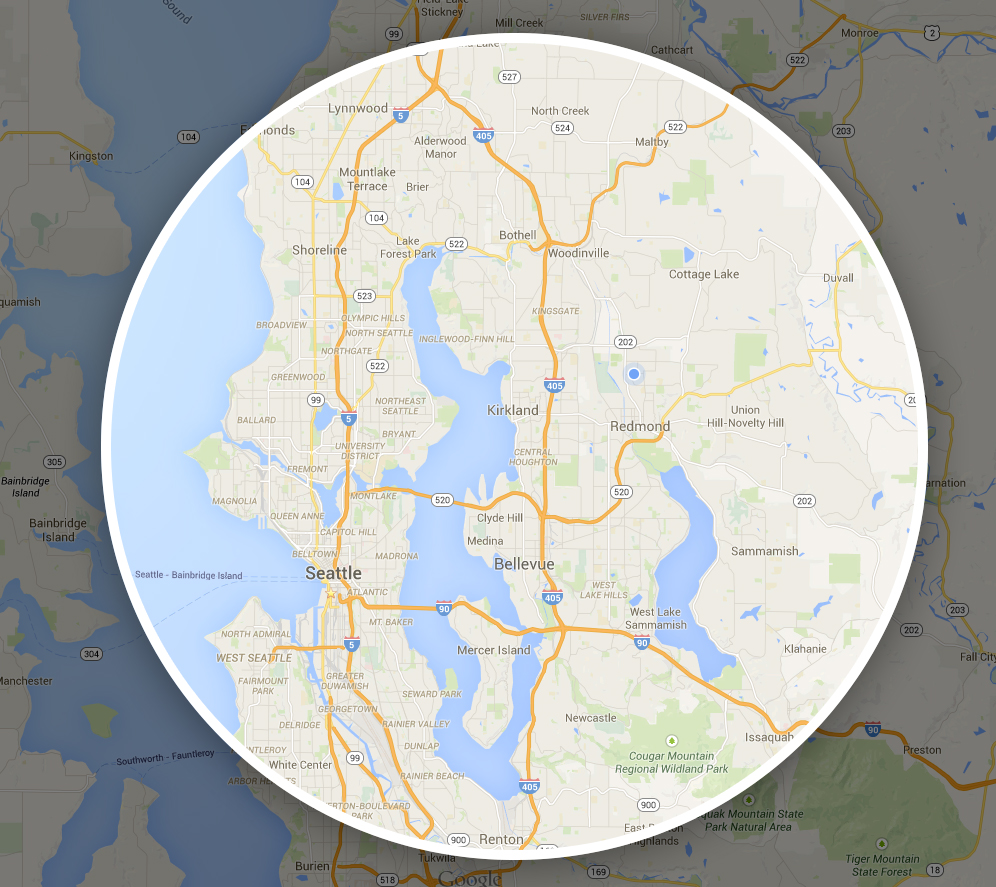What is better – a concrete driveway or an asphalt one?
These are two completely different surfaces. There are many things to consider before choosing your option. Cost is the most common. Although the initial cost of a concrete driveway is more, a good quality concrete driveway can last over 30 years with little or no maintenance. Conversely, asphalt deteriorates more quickly as it is more directly affected by environmental factors and needs period crack repair and sealing. In the long run the cost will be equivalent in most cases. Concrete is our choice.
What if the driveway cracks once it is finished?
If your concrete was jointed properly, visible cracks are unlikely to happen. Think of joints as “planned” cracks that allow the concrete to expand and contract, minimizing any chance for random cracking. If you’re concerned about cracking, contact us and one of our specialists will explain in detail the process we take and how we prevent them.
Do I need a permit to build a retaining wall?
You only need a permit if your retaining wall is over 4 ft. tall. A great way to deal with large hanges in elevation is to create terraces. This does not mean you need to step back far before building the next level retaining wall, but a nice area for planting is always recommended. This will add vertical and horizontal dimension adding character to your outdoor living space. We recommend you visit our retaining wall page for idea.
Can I have curves in my wall?
Yes you certainly can. There are specific retaining wall blocks that are made to allow the implementation of curves or even corners. And the ones that don’t, no worries, we can most likely create them ourselves. Visit our services page to see some pictures of our work.
Do pavers need to be mortared into place?
No, mortar is not needed to install paver paths or patios. A proper base is the most critical element for any sand-set paver installation and should not be overlooked. It is also recommended that you use joint or paver sand as the final step. This sand is swept into the joints and compacted to achieve the proper installation and eliminate movement. Pavers and natural stone are our specialties; don’t hesitate to see what it can look like!
What is that white residue on my brick?
The white residue that sometimes is seen on bricks is a condition called efflorescence. is when the calcium is released from the brick or the mortar joint due to moisture trapped within. It can be removed with a masonry cleaner and a wire brush but don’t wait too long as it can calcify and ooh it can be hard to remove!
Why won’t my chimney draft properly?
There are several factors that may affect chimney “draft ability”. These include improper installation, incorrect flue size and negative air pressure; external factors such as roof design, nearby trees, wind patterns and the location of your home can also play a role. Because there can be so many variations it is recommended you meet with a CSIA certified sweep that can evaluate your situation. Feel free to contact us for a free evaluation and estimate.
How often do I need to clean my chimney?
According to NFPA (National Fire Protection Association) and CSIA (Chimney Safety Institute of America) chimneys should be cleaned and inspected annually. Lucky for you Seattle Brickmaster is one of only two companies in the Greater Seattle area with a certified chimney inspector on staff!
How do I know my home or chimney needs tuck pointing?
Look closely at the masonry surface. If you notice voids, cracks, crumbling mortar or uneven areas, chances are you need tuck pointing. This restoration is typically needed after 20-30 years of exposure to the elements. People are often told they need to rebuild but don’t be fooled! Tuck pointing is an approved method for centuries and can restore most masonry surfaces. Contact us so we can come and see if tuck pointing can be done, free of charge.
Why is my brick crumbling or flaking?
As bricks age they will start to retain moisture. When moisture penetrates the outer layer of brick (substrate) and freezes, it will expand. This expansion is what causes the brick surface to “pop”, or spall. It is a very common problem when a masonry surface is exposed to the elements for a long period of time. It is extremely important to address this before it is too late and you are stuck with the expense of replacing the structure. If you notice bricks that are spalled, contact someone immediately.
Can my existing mortar color be matched?
The existing mortar color and profile can be matched through careful manipulation of color additives. KEEP IN MIND – Newly applied mortar will appear sharper in color because it hasn’t had a chance to weather and oxidize.
Do you charge for estimates?
Our estimates are FREE. Unless you are located greatly outside our area of service we charge a modest and standard travel fee. Don’t hesitate to contact us to discuss your project. We love to give advice and help as much as we can.
Areas of Service
If you have a question that isn’t answered on this page, feel free to ask one of our experts!

